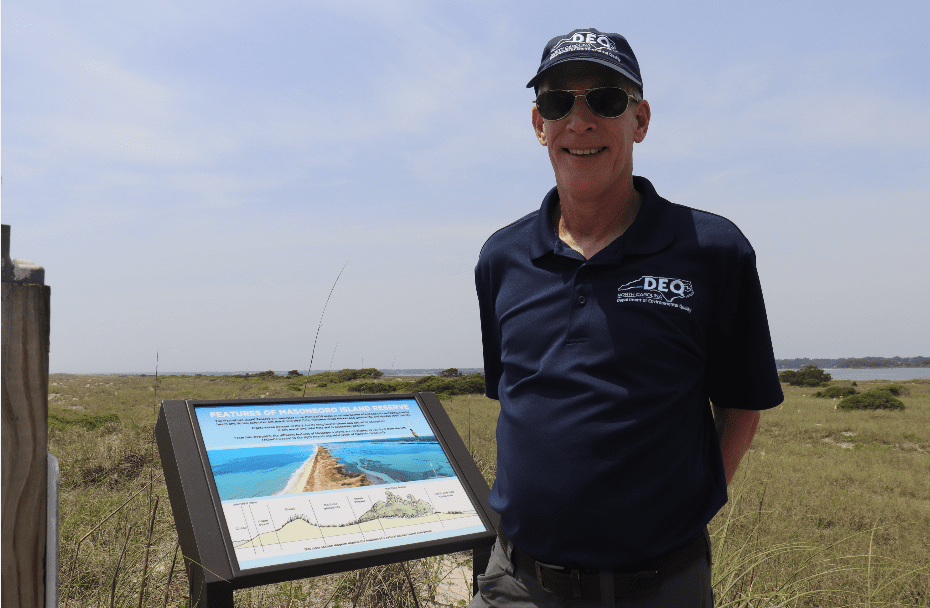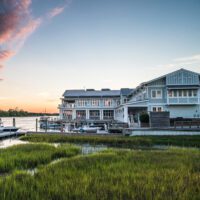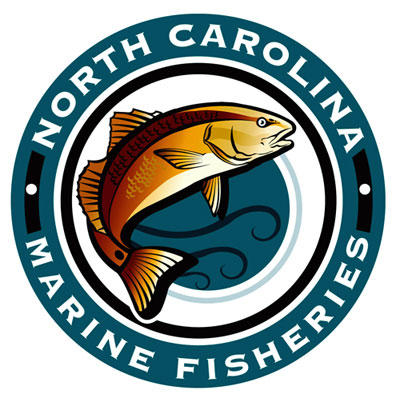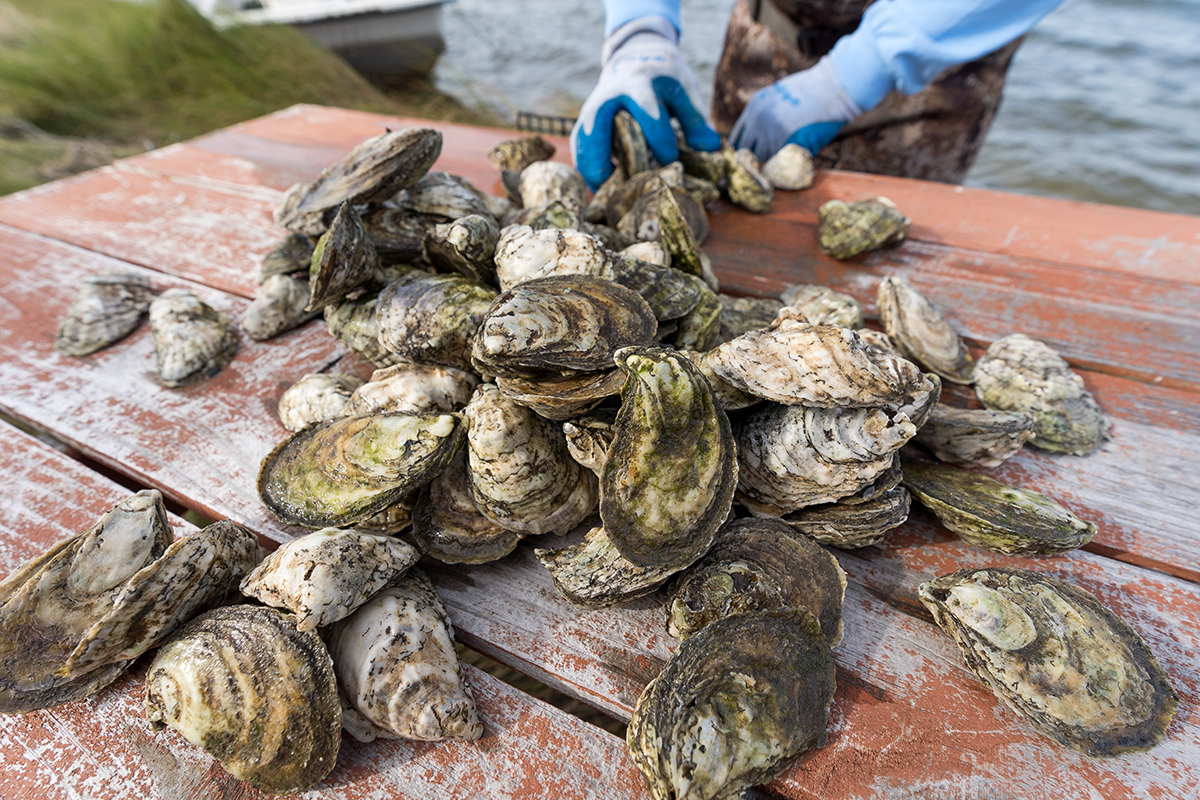
Masonboro Island Reserve in Wilmington was the latest to be highlighted in a multiyear campaign raising awareness of the North Carolina Coastal Reserve and the role of these natural coastal areas.
State officials and guests, including N.C. Rep. Ted Davis, R-New Hanover, took a guided boat tour Friday of the reserve followed by a short walk along a trail as part of “Discover the N.C. Coastal Reserve” campaign. This was the fourth stop of the campaign that spotlights the role of the state’s 10 Coastal Reserve sites and programs.
Supporter Spotlight
The N.C. Coastal Reserve and National Estuarine Research Reserve is a department of the North Carolina Department of Environmental Quality’s Division of Coastal Management, or DCM. The May 16 afternoon tour kicked off with remarks by DEQ officials, including the department’s Secretary Reid Wilson and Division Director Tancred Miller.
“The Masonboro Island Reserve and our other Coastal Reserve locations are great places to hike, swim, paddle, learn, and relax. Here, people from all over can connect and recharge with nature, all while boosting tourism and our local economy,” Wilson said in a release. “It’s critical that we restore and protect coastal habitats, and I’m proud that our state is a national leader in these efforts. Thanks to our partners, volunteers, commission and advisory committee members, and community leaders who help to preserve these coastal lands and waters for current and future generations.”
The Masonboro Island Reserve, which sits across the Intracoastal Waterway from the University of North Carolina Wilmington’s Center for Marine Science, spans more than 5,600 acres comprised largely of marsh and tidal flats. It stretches nearly 8.5 miles, and includes 10 different habitat types, including those for various species of concern and threatened species such as loggerhead and green sea turtles, American oystercatchers, black skimmers, Wilson’s plovers, least turns and diamondback terrapins.
“Across our sites and through our stewardship, research, education, and training programs, our work is incumbent on the range of partnerships we foster to accomplish the exciting and challenging work of coastal management,” Coastal Reserve Program Manager Rebecca Ellin said in the release. “A special thanks to each of you who we work with to accomplish our mission. It is our hope that today provides the opportunity to connect and reconnect with this special place, the Masonboro Island Reserve, and with the people and work of many who protect it now and into the future.”
Programs spotlighted at the Masonboro Island Reserve included the science and monitoring at the site and how that information is used to educate and inform decision making, and how the area provides natural buffers to waves and storms, which enhances community resilience.
Supporter Spotlight
CMS Executive Director Ken Halanych and William “Bill” Raney, a member of the Masonboro Island Reserve Local Advisory Committee, also spoke.
“UNCW’s Marine Quest program has integrated Reserve-collected environmental data into academic curricula which helps students apply theoretical concepts to real-world environmental events,” Halanych said. ”UNCW’s Research Hatchery Operations team partners with the Reserve to support continuous water quality monitoring at the CMS pier which helps Hatchery staff monitor source water quality for life support systems and supports numerous ongoing research projects in the UNCW Research Sanctuary. This partnership helps grow our coastal workforce.”
The division is celebrating this year the 40th anniversary of North Carolina’s National Estuarine Research Reserve, which is designated by the state and National Oceanic and Atmospheric Administration, or NOAA, to protect special places, including Masonboro Island Reserve.
The “Discover the N.C. Coastal Reserve” campaign is to run through 2026 and include guests invited to visit reserves to learn more about the ecosystems they protect and the work occurring at each site. The next tour is expected to take place in the fall.







